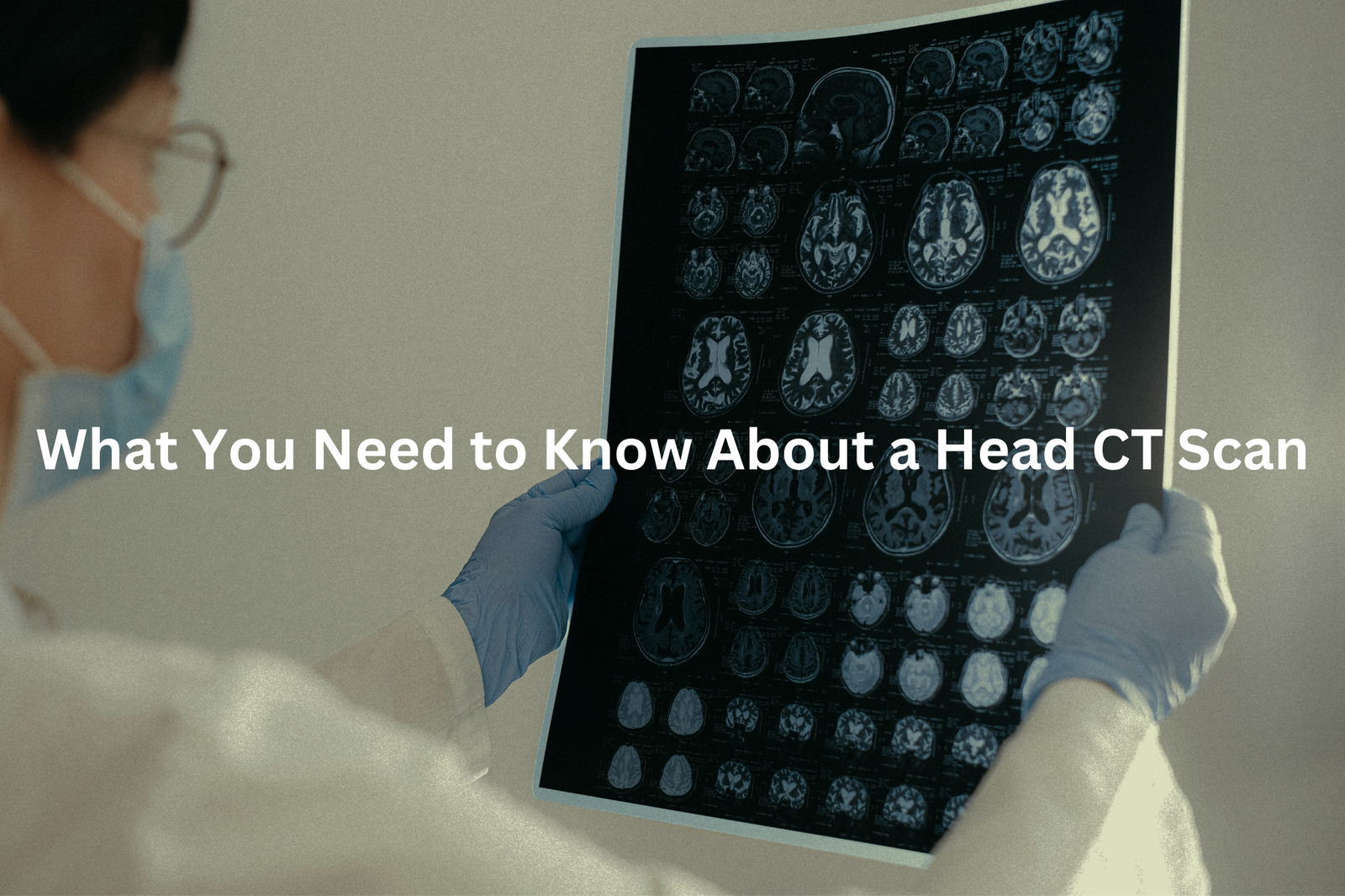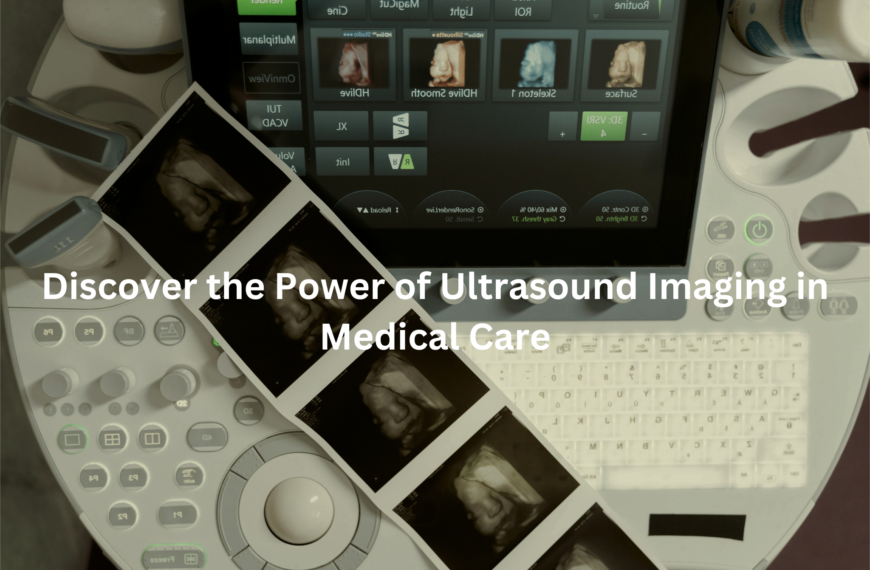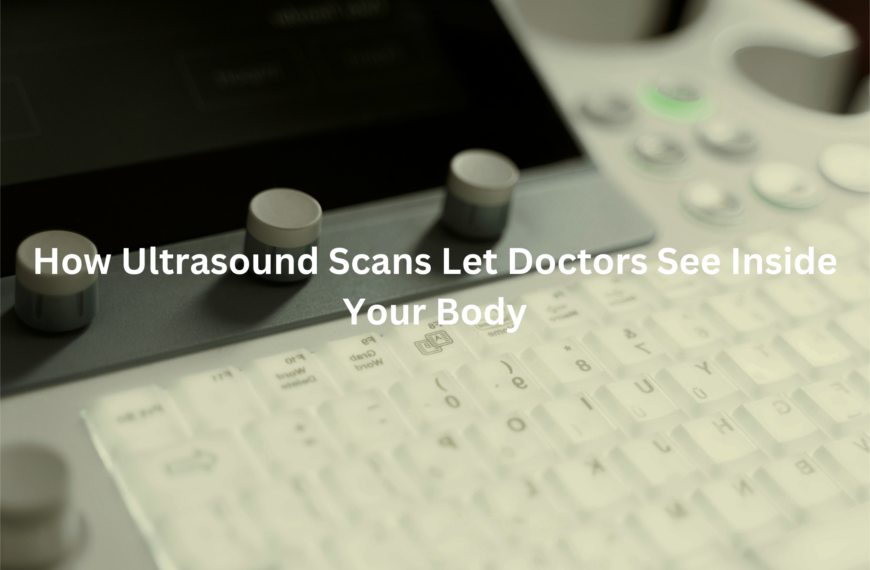A head CT scan can help doctors see what’s happening inside your head. Learn how it works and why it’s crucial for diagnosing health issues.
A head CT scan is a special kind of x-ray that shows pictures of your brain. It helps doctors find problems like bleeding, tumours, or swelling. When my dad had a headache that wouldn’t go away, the CT scan gave the doctor important information. It’s quick and painless, usually taking only about 10 minutes.
If you ever need one, you’ll lie still while the machine goes around your head. It’s important to stay calm. A head CT scan is a valuable tool that helps doctors figure out what’s wrong. If you want to know more about the process, keep reading!
Key Takeaway
- A head CT scan uses X-rays to create detailed pictures of the brain and skull.
- It helps doctors find problems like tumours or injuries.
- The scan is quick and usually safe for most people.
What is a Head CT Scan?
A head CT scan, or CAT scan, is like looking inside your head without needing surgery(1). It’s a special X-ray that takes detailed pictures of your brain, skull, and blood vessels, kind of like slicing a loaf of bread to see each layer. The whole process is super quick—just a few minutes.
Doctors often use CT scans to check for problems after accidents, like brain injuries or bleeding. They’re also helpful for things like bad headaches, dizziness, or checking for tumours. The scan is non-invasive, so there’s no pain, but you do have to lie still.
Some people worry about radiation, but the amount used is small, and newer machines use even less. The images are so detailed they can spot swelling, blood clots, or tiny tumours that might not show up otherwise. If your doctor suggests one, it’s likely to help figure out what’s wrong and how to fix it quickly.
Why Do You Need a Head CT Scan?
When someone’s health is in question, a head CT scan can be the tool that helps doctors figure out what’s going on. It’s often used in a few key situations.
Severe headaches are one reason. If headaches don’t go away or keep coming back, a CT scan might be ordered to check for things like blood clots, tumours, or other issues. I remember my uncle had one after weeks of headaches, and it turned out to be a sinus problem pressing on nerves.
Head injuries are another. After a fall or accident, CT scans can show fractures or bleeding that aren’t visible from the outside. They’re also critical for stroke symptoms like slurred speech or numbness, helping locate clots or bleeding.
Lastly, they’re used for brain infections or tumours. If someone has a fever and confusion, a scan can help pinpoint the problem. It’s a fast, accurate way to guide treatment.
What Happens During the Scan?
Getting ready for a head CT scan isn’t as tricky as it might sound. It’s quick, simple, and usually done in about 15 minutes. Nothing to stress over.
First, you’ll likely need to change into a hospital gown. It’s because metal objects, like zippers or jewellery, can mess up the images. I remember feeling a bit strange taking off my necklace the first time, but it’s no big deal. Once you’re changed, you’re good to go.
The scan itself is easy. You lie on a table that slides into a big, round machine—kind of like a giant donut. It takes pictures of your head while making some whirring sounds. The key is staying still, but it’s over quickly.
Sometimes, doctors use contrast dye for clearer images. It’s a quick injection, maybe a warm feeling, but nothing painful. The whole process helps doctors see what’s happening inside your head.
What Are the Risks and Side Effects?
A head CT scan is pretty simple, and most people get through it without any issues. But, like anything medical, there are a few risks to think about.
First, there’s radiation exposure(2). A head CT scan uses about 2 mSv of radiation (that’s a small amount). It’s similar to what you’d naturally get from the sun over a few days. While it’s low, repeated scans might add up, so doctors always try to keep exposure as minimal as possible.
Second, there’s the chance of an allergic reaction to the contrast dye. This is rare, but some people might get a rash or feel itchy. If you’ve had reactions to dyes before, let your doctor know.
Lastly, if you’re pregnant or think you might be, tell your doctor. Radiation can affect a baby, so they’ll weigh the risks carefully. Always talk to your doctor if you’re unsure about anything. Better safe than sorry.
What Happens After the Scan?
After a head CT scan, most people feel fine and can return to their usual activities without trouble. You might feel a bit tired, especially if contrast dye was used, but that’s normal and goes away quickly.
Here’s what happens next:
- Radiologist Review: A radiologist (a doctor who reads the images) carefully examines the scan. They’ll check for anything unusual, like signs of injury or a tumour, and send a report to your main doctor.
- Doctor Discussion: Your doctor will explain the results, what they mean, and if anything needs further attention. They’ll also talk about next steps if needed.
If you feel a bit off after the scan, rest and take it easy. It’s rare for a scan to show anything serious, but it’s a helpful tool for catching problems early. Trust your doctor—they’ll guide you through everything.
How to Prepare for Your Head CT Scan
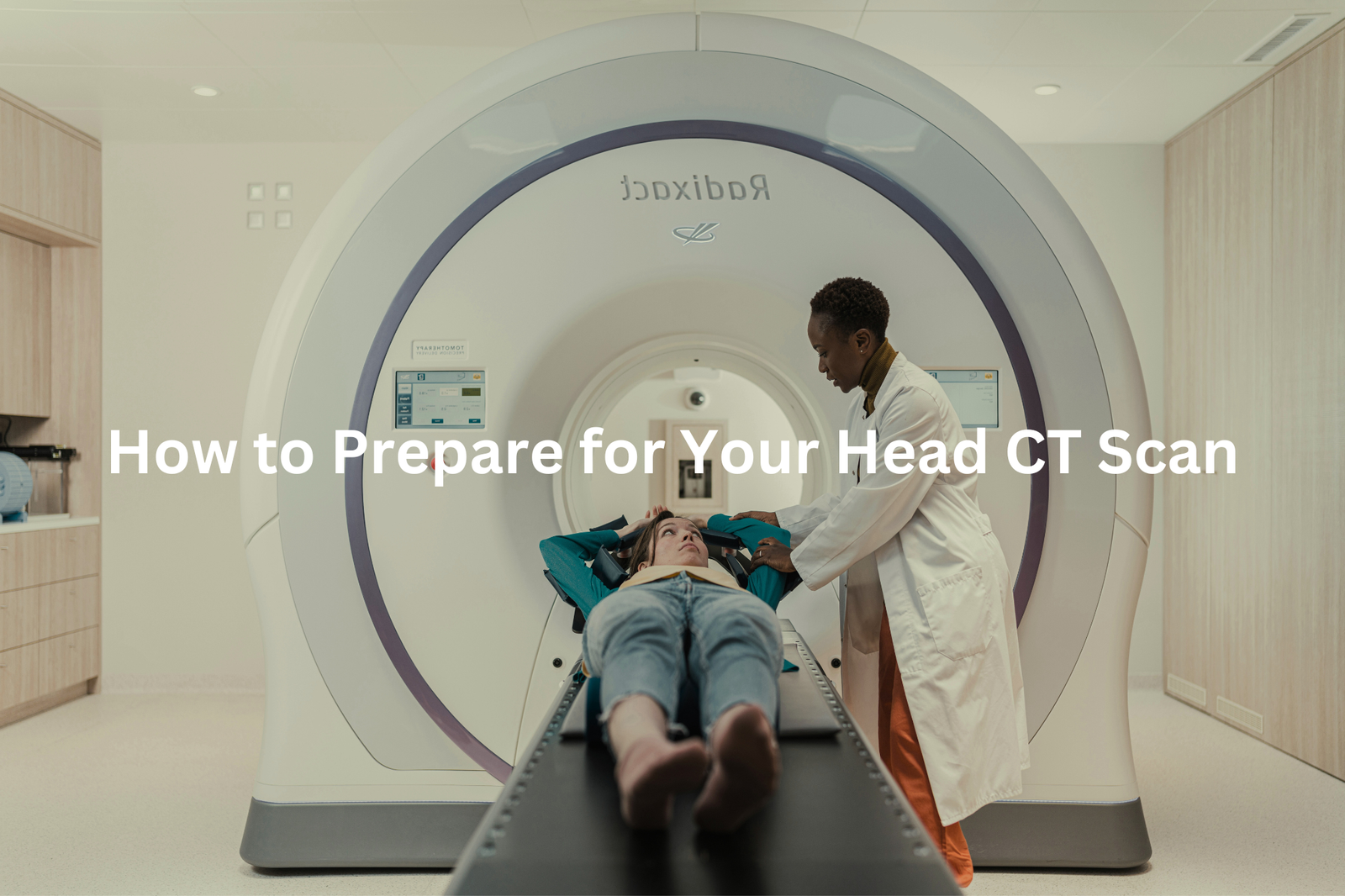
Getting ready for a head CT scan can feel a bit unsettling, but there are easy steps to make it less stressful. Here’s what you can do:
- Ask Questions: Unsure about the process? Speak up. Your doctor can explain what the scan involves and what to expect. It’s better to know than to worry.
- Follow Instructions: You might be told not to eat or drink for a few hours before the scan (this helps with image clarity). It’s important to stick to these instructions.
- Bring Support: Feeling nervous? Ask a friend or family member to come along. Their presence can be comforting, and sometimes they can even stay nearby.
I remember my first CT scan—I was anxious, but asking questions and having a mate with me made all the difference. Take it step by step, and remember, the scan itself is quick and painless. You’ve got this!
Understanding Your Results
When the radiologist finishes reviewing your CT scan, the next step is meeting your doctor. They’ll explain what the results mean. Sometimes, everything’s normal. Other times, they might suggest more tests (don’t stress, it’s common).
- Results Review: Your doctor will walk you through the scan, pointing out anything important. They’ll use plain language so you can follow along.
- Next Steps: If something unusual shows up, it’s just the beginning. You might need extra tests or start treatment, depending on what’s found.
- Support: If it’s serious, your doctor will guide you carefully. They’ll explain everything clearly and help you understand what’s happening.
I’ve had a few scans myself, and waiting for results can feel nerve-wracking. But doctors are there to help, not scare. If you’re unsure, ask questions. They’re happy to explain. Take it one step at a time—your doctor’s got your back.
Additional Benefits of Head CT Scans
Sources: Medzcool.
Head CT scans aren’t just about spotting problems. They’re a tool that helps doctors in many ways, offering more than just answers. Here’s how:
- Planning Treatments: If someone needs brain surgery, a CT scan shows exactly where the surgeon needs to focus. Like a map for the brain.
- Tracking Progress: For ongoing treatments, CT scans let doctors see if things are improving. It’s like checking a project to see if it’s on track.
- Fast Results: CT scans are quick. Results often come back in minutes, which helps doctors make fast decisions when it matters most.
A friend of mine had constant headaches and got a CT scan. It showed what was wrong, and her doctors acted fast. That speed made all the difference. So, if you ever need a CT scan, think of it as more than just a test. It’s a guide, a progress checker, and sometimes, a lifesaver.
Common Misunderstandings About CT Scans
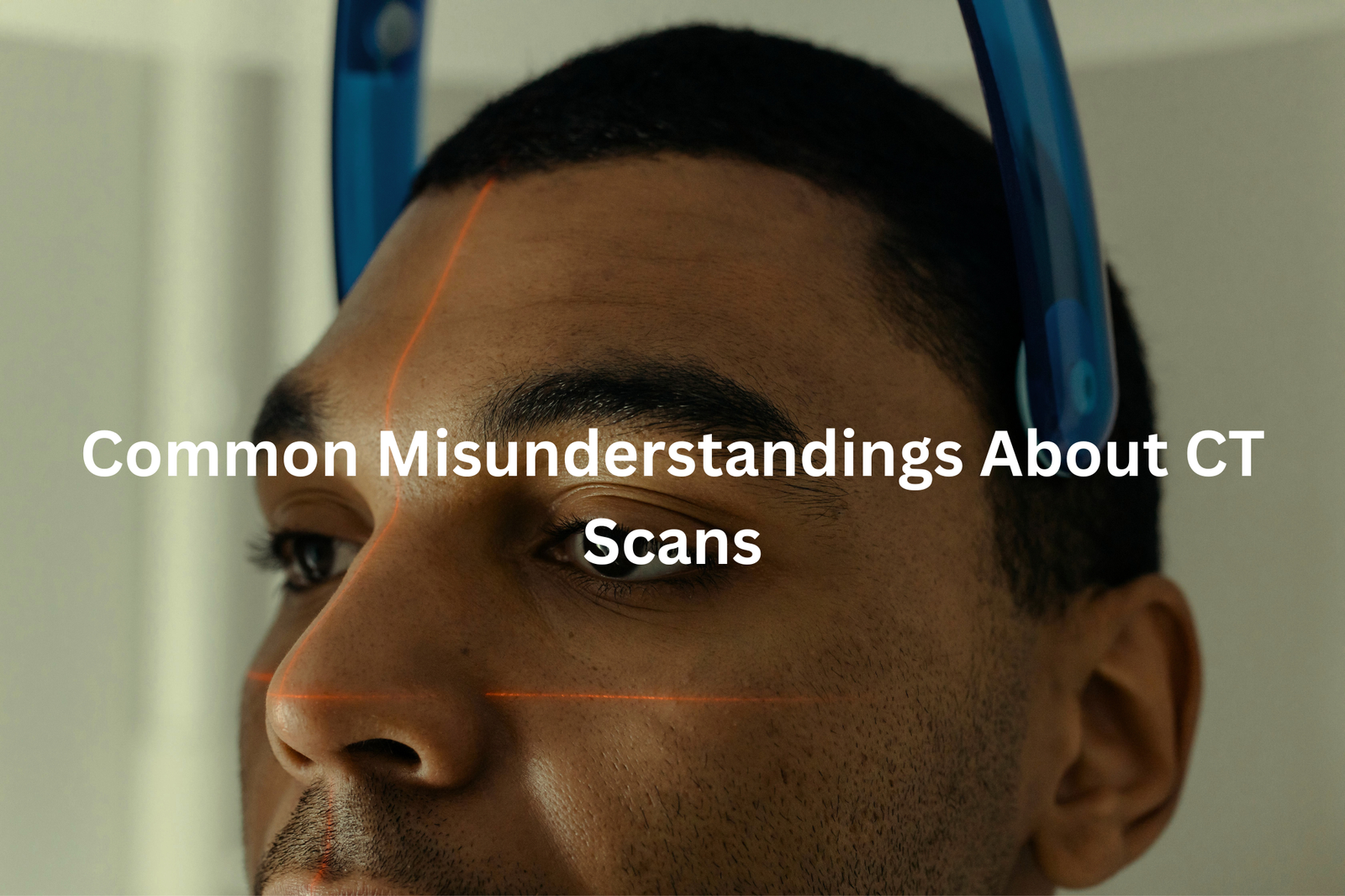
Some folks get worried about CT scans, thinking they could be dangerous. It’s fair to feel that way, but here’s what you should know:
- Safer Technology(3): Modern CT machines use much less radiation than older ones. Doctors always aim to keep exposure as low as possible.
- Not Just Emergencies: CT scans aren’t just for accidents or urgent cases. They’re often used for routine checks to help doctors see what’s happening inside.
- Quick and Easy: Most scans take only 5–10 minutes and don’t hurt at all.
I remember my first CT scan. I was nervous, mostly because I didn’t know what to expect. But the radiologist explained everything, and it was over so quickly, I barely had time to worry. If you ever need one, just stay calm. They’re safe, fast, and super helpful for doctors to figure out what’s going on. You’ve got this!
Other Imaging Tests Compared to Head CT Scans
A lot of folks mix up the different types of scans, especially with head scans. A head CT scan is one of the most common, but it’s not the same as an MRI or X-ray. Knowing the difference can make things less confusing.
A CT scan uses X-rays to create detailed pictures of your head. It’s quick—usually done in about 10 minutes—and shows more than just bones. It can spot things like bleeding, swelling, or tumours.
An MRI, on the other hand, uses magnets and radio waves. It’s great for soft tissues like the brain, but it’s slower and much louder. (You’ll need to stay still for 30-60 minutes.)
X-rays are faster but less detailed. They’re mostly for bones, not soft tissues.
When I had a CT scan, it was over before I knew it. If you’re ever unsure about a test, just ask your doctor—they’ll explain what’s best for you.
FAQ
What is a CT Scan?
A CT (computed tomography) scan is a type of imaging test that uses x-ray beams to take detailed pictures of the body. It can provide information about the brain, blood vessels, lungs, abdomen, and other body parts.
How is a Head CT Scan Performed?
During a head CT scan, you lie on a table that slides into a doughnut-shaped CT scanner. The scanner rotates around your head, taking multiple x-ray images. These images are then combined by a computer to create detailed, cross-sectional pictures of your brain.
What Kinds of Information Can a Head CT Scan Provide?
A head CT scan can show brain tissue, blood vessels, and the bony structures of the skull. It can help diagnose a variety of conditions, including brain tumours, blood clots, strokes, skull fractures, and signs of Alzheimer’s disease or dementia.
What are the Risks of a Head CT Scan?
The main risk of a head CT scan is exposure to a small amount of radiation from the x-ray beams. However, the benefits of the scan usually outweigh the risks. There is also a slight chance of an allergic reaction to the contrast dye used in some CT scans.
How Should I Prepare for a Head CT Scan?
For a head CT scan, you typically don’t need to do anything special to prepare. You can eat and drink normally before the test. You may need to remove any metal objects, like jewellery or eyeglasses, before the scan.
What Happens After a Head CT Scan?
After the scan, you can generally return to your normal activities right away. The radiologist will analyse the images and send a report to your doctor, who will discuss the results with you. Depending on the findings, you may need additional tests or treatment.
Conclusion
A head CT scan is a helpful tool doctors use to look inside your head. It helps them find problems with your brain, check for injuries, and more. The process is usually quick, and most people feel fine afterward. If you ever need one, just remember to ask your doctor any questions you might have. Knowing about your health can really help you feel better, so don’t hesitate to get informed!
References
- https://research.unimelb.edu.au/facilities/infrastructure/melbourne-brain-centre-imaging-unit
- https://www.racgp.org.au/afp/2013/june/radiation-safety
- https://crystalradiology.com.au/common-myths-about-ct-scans-at-crystal-radiology/

